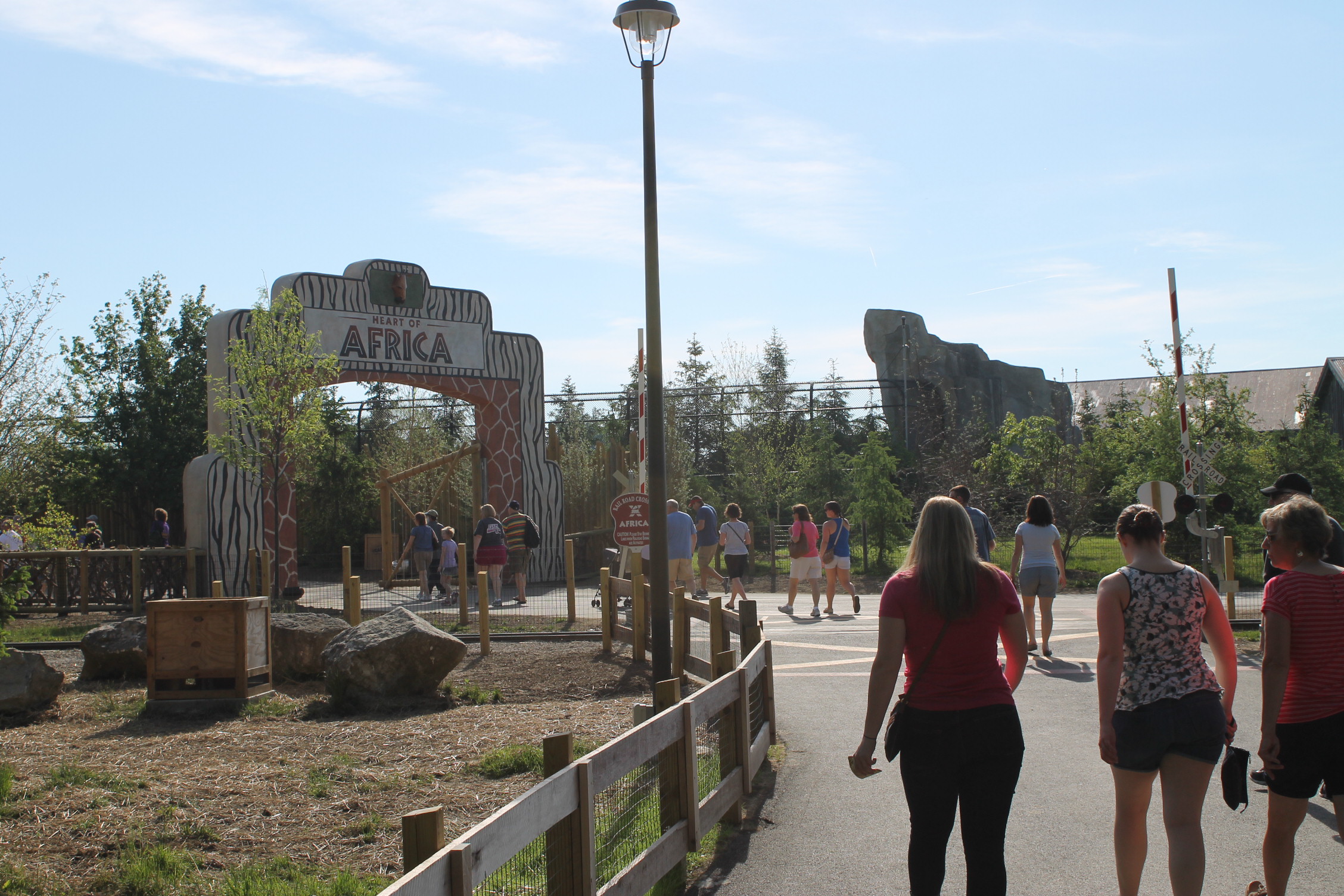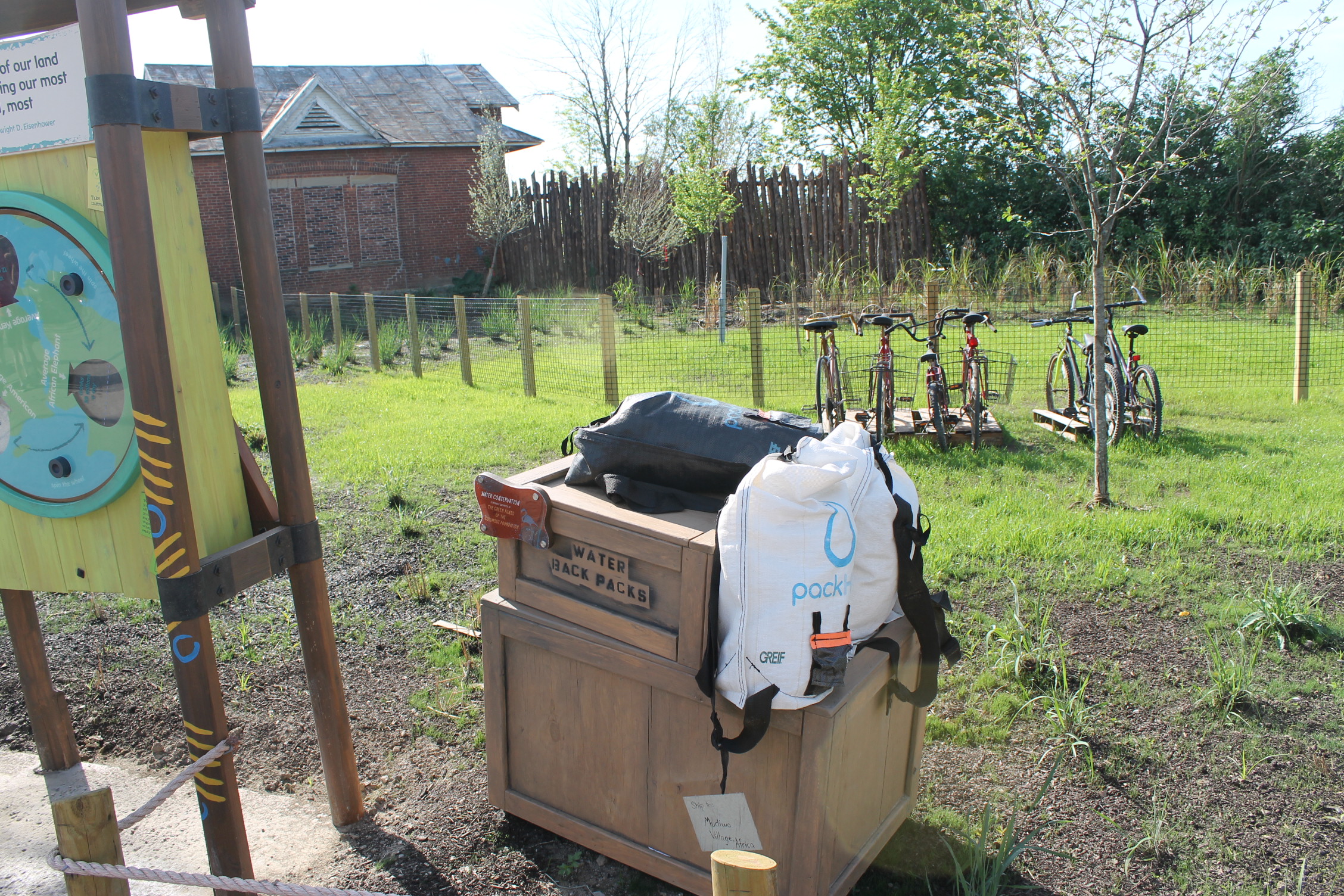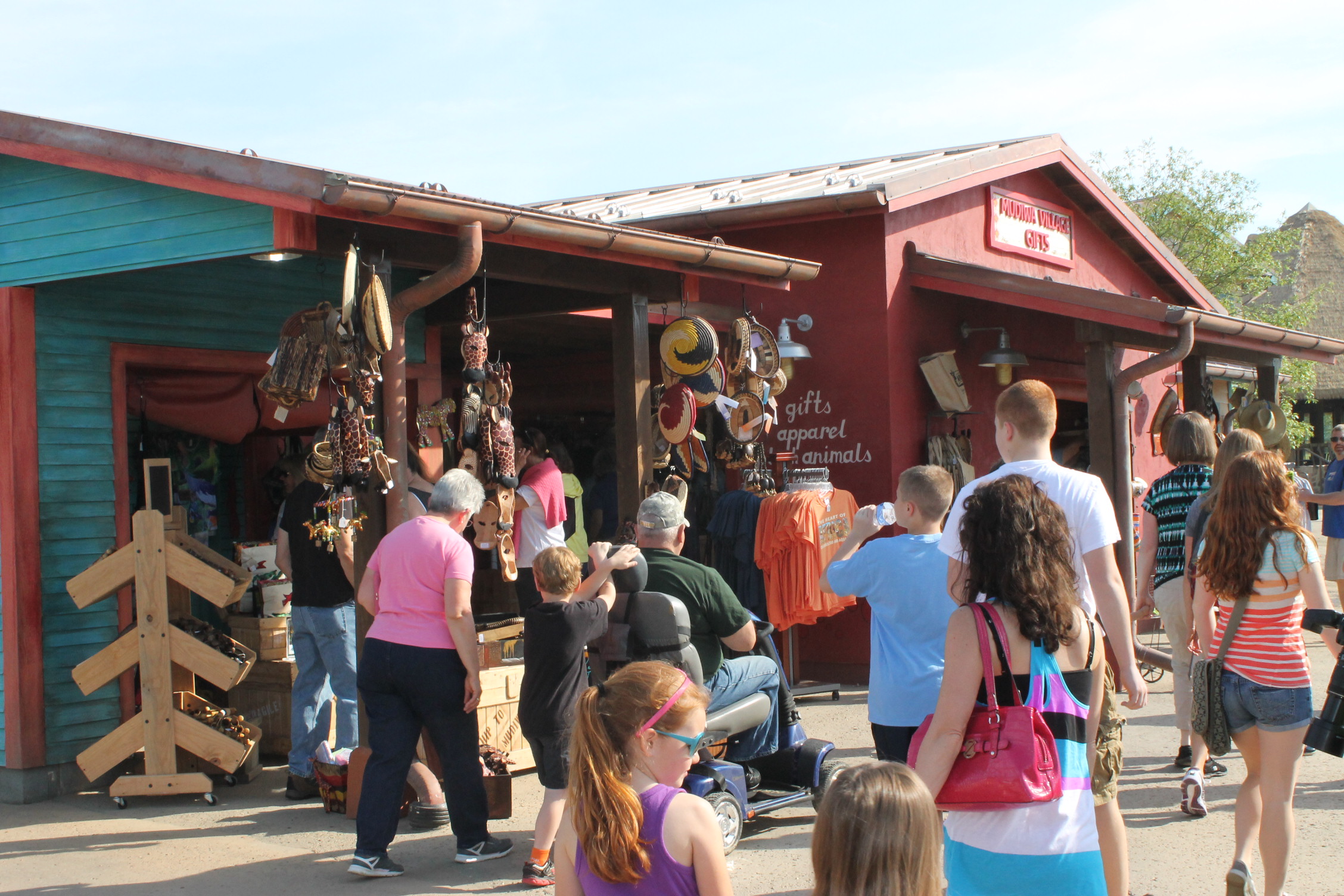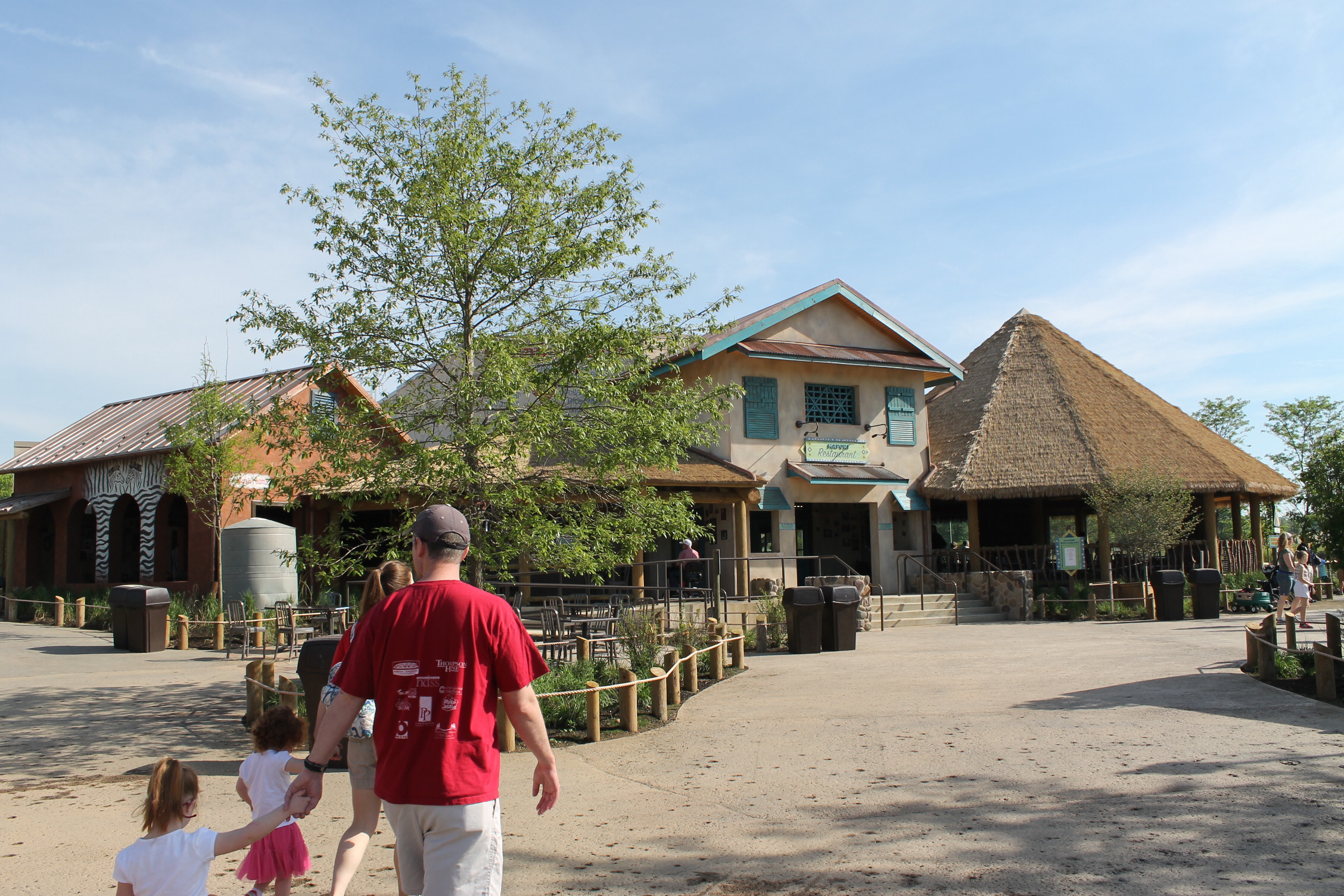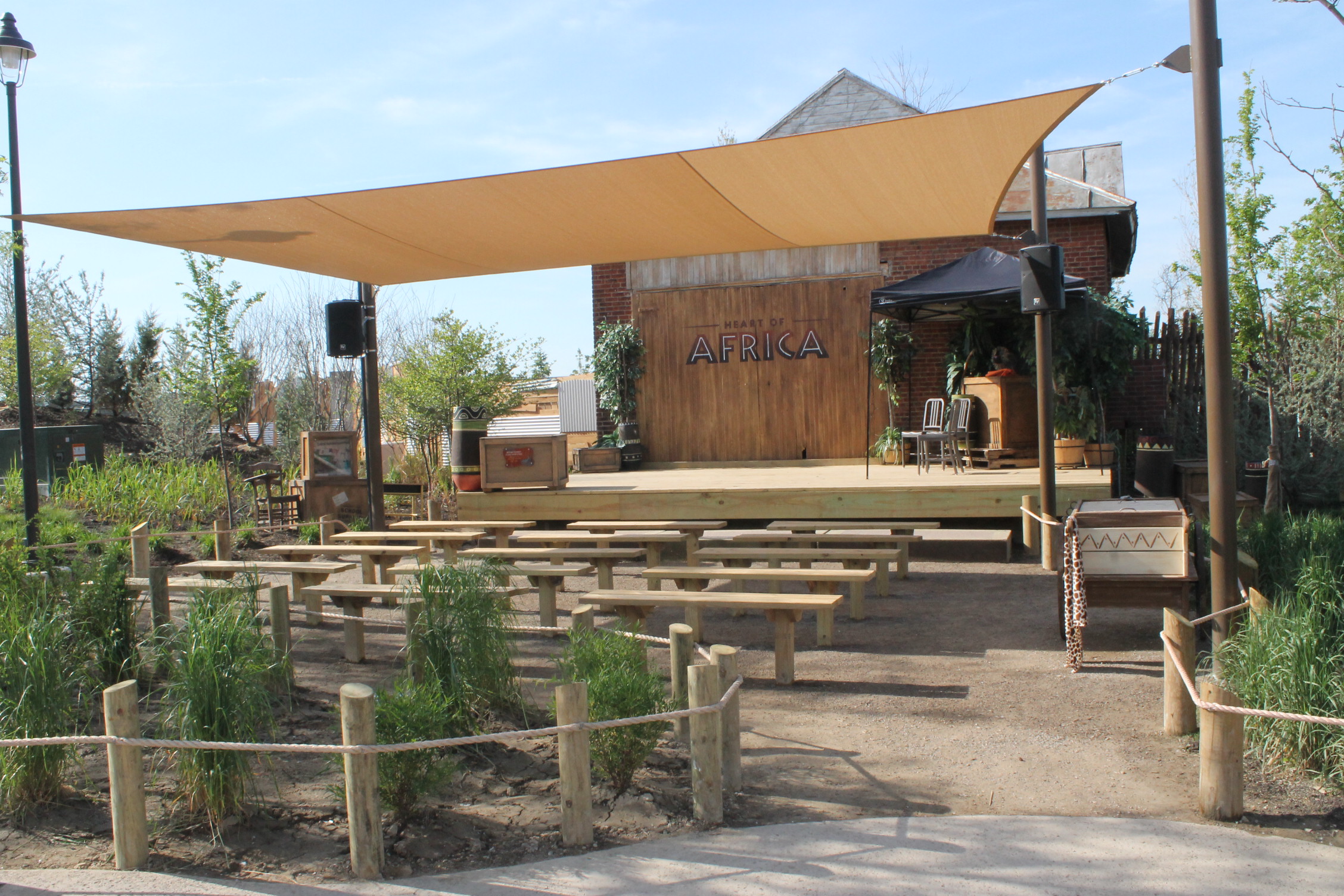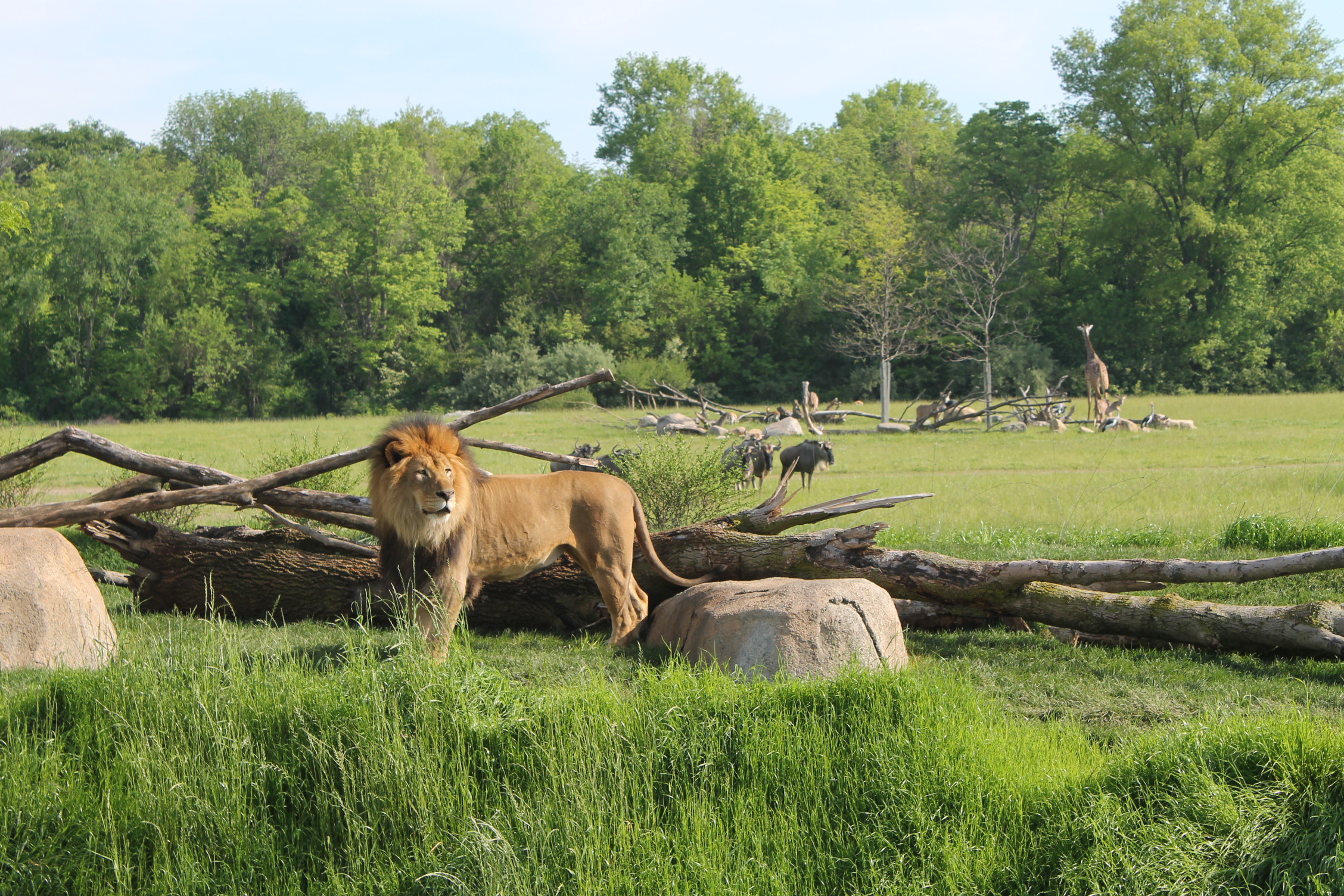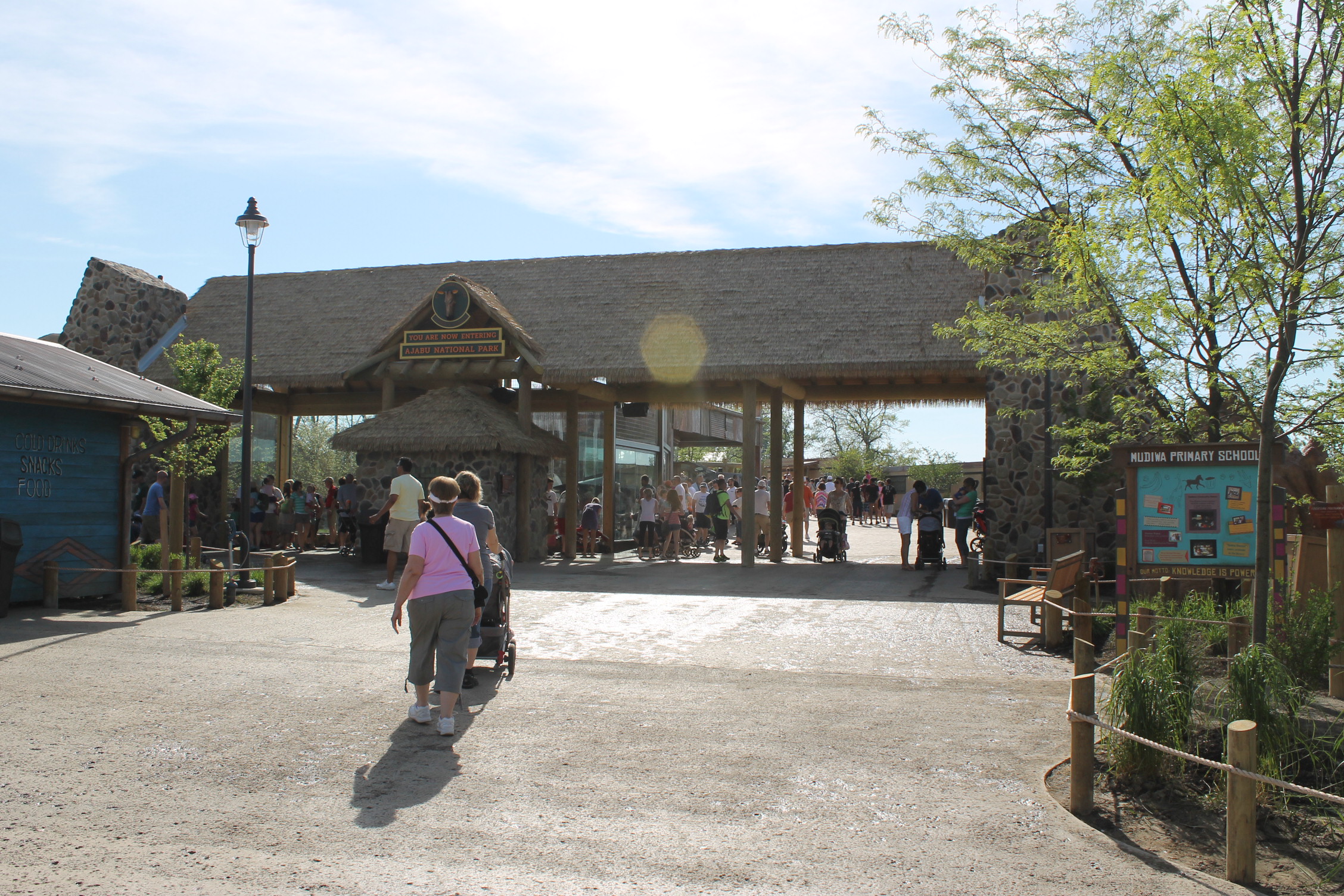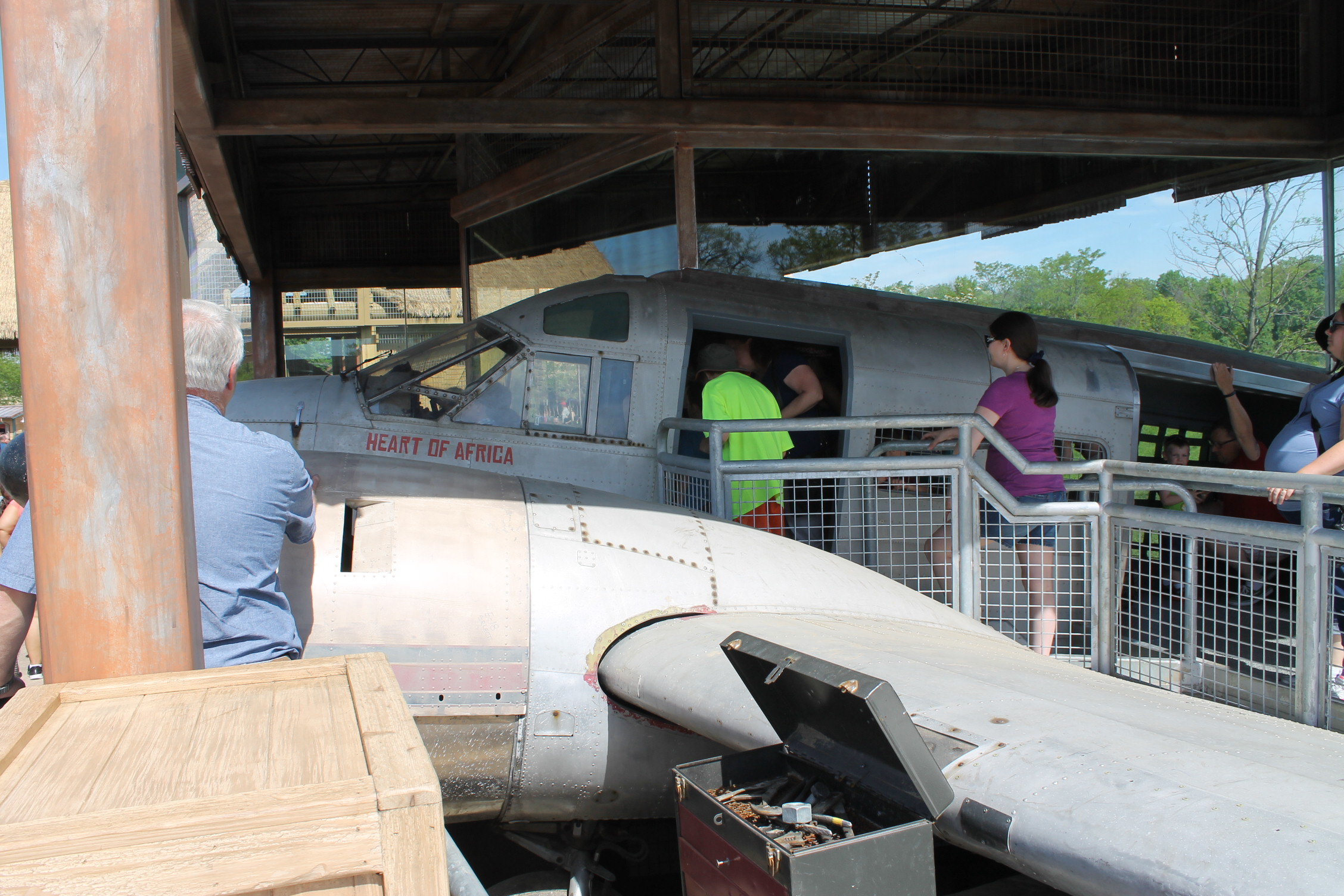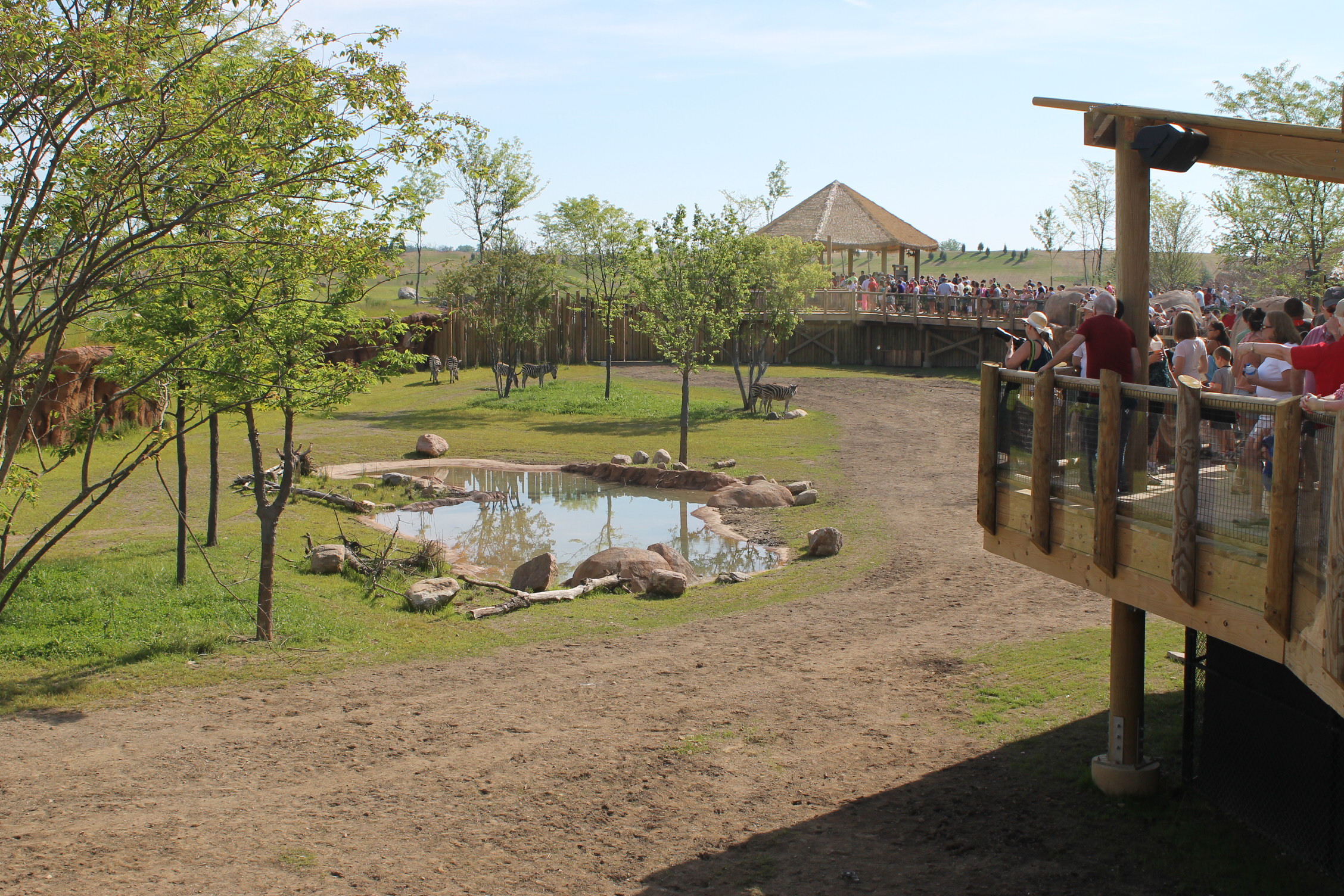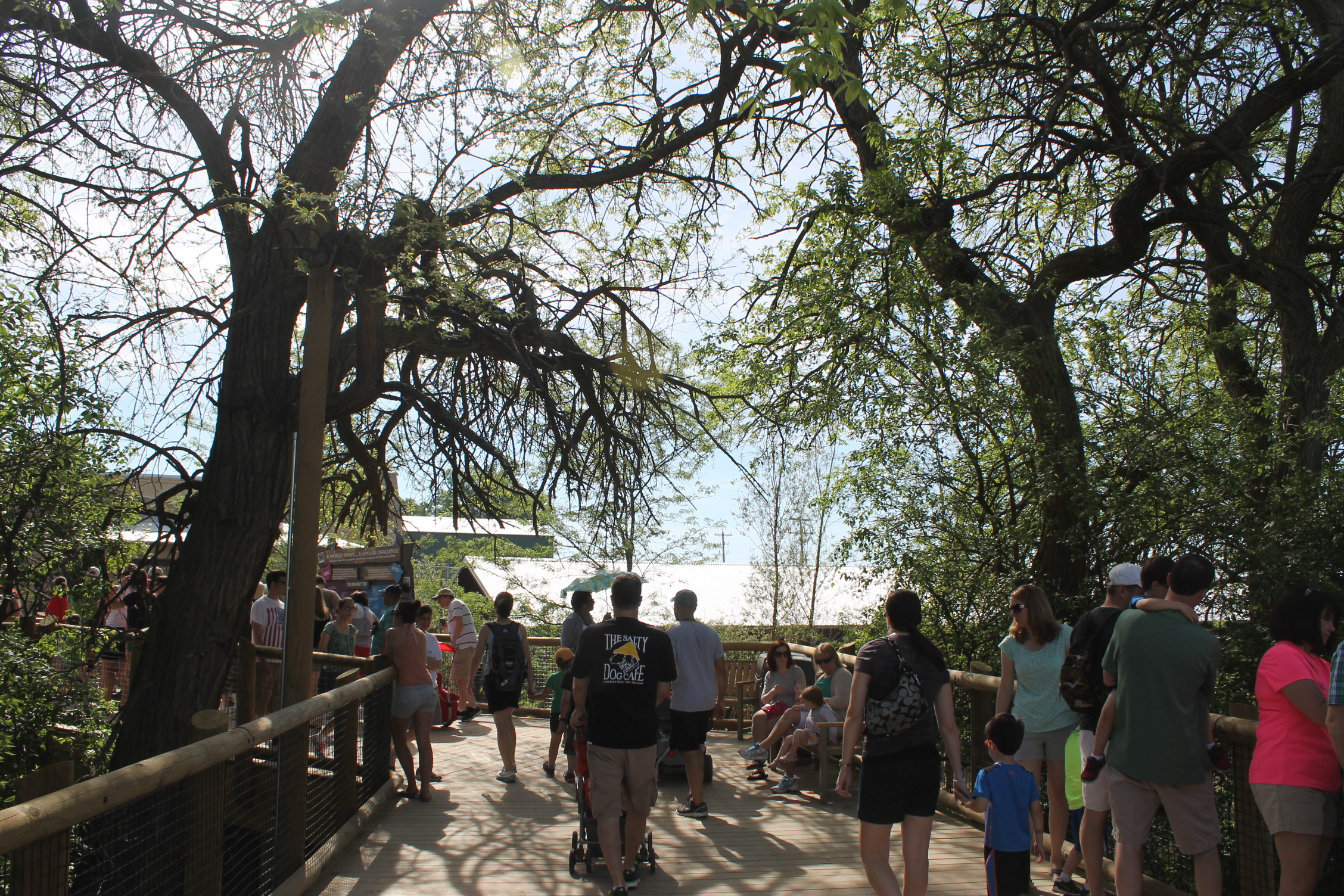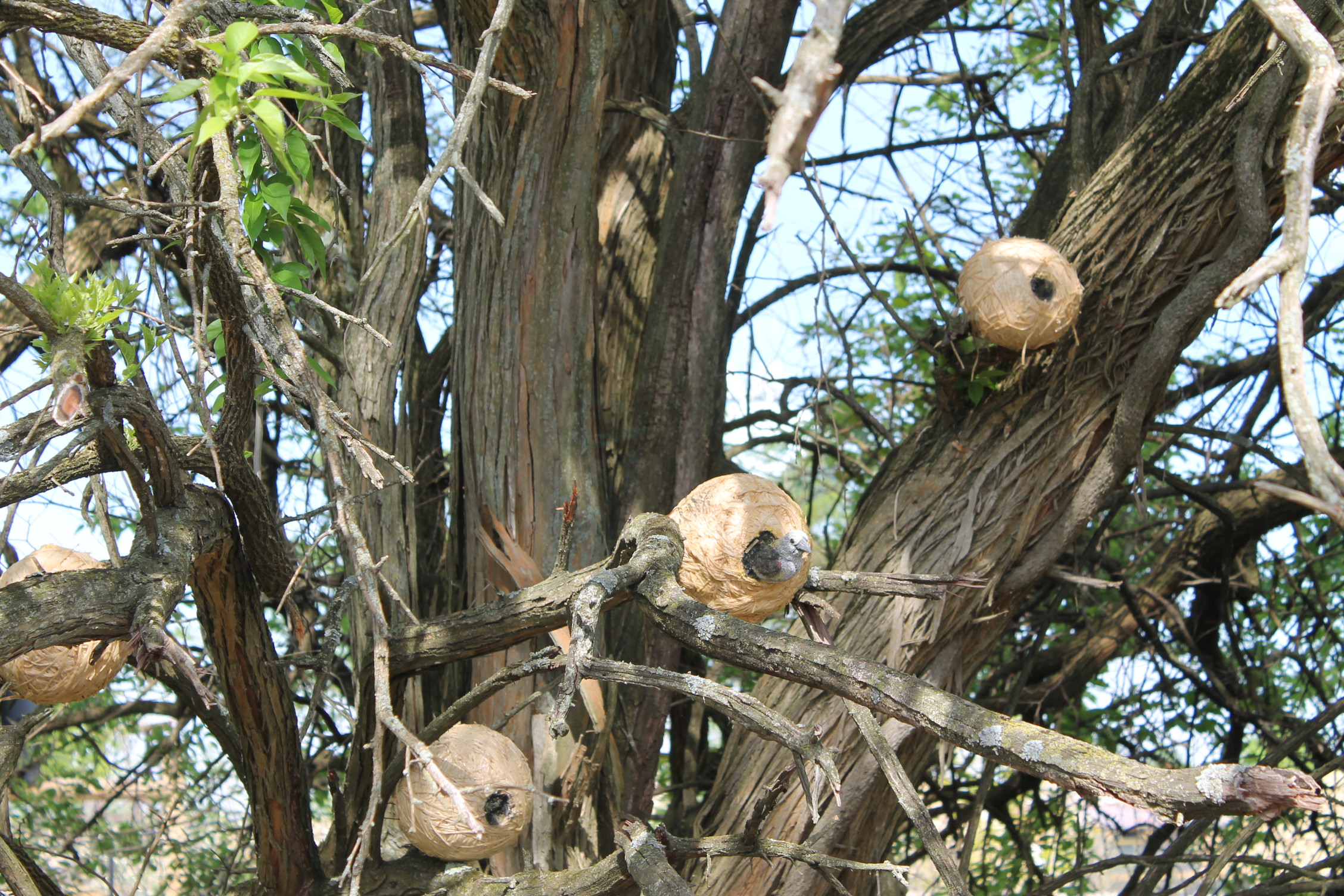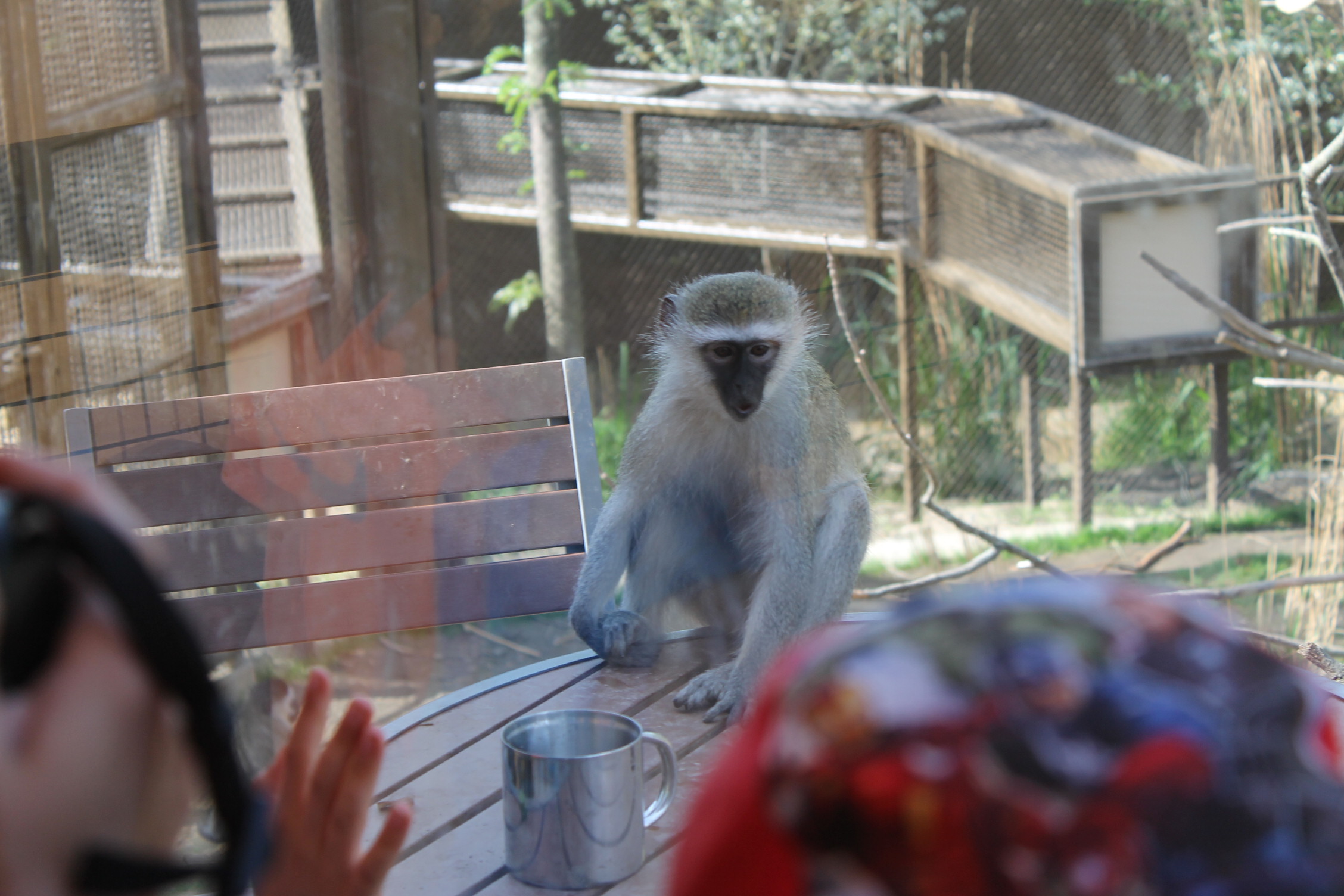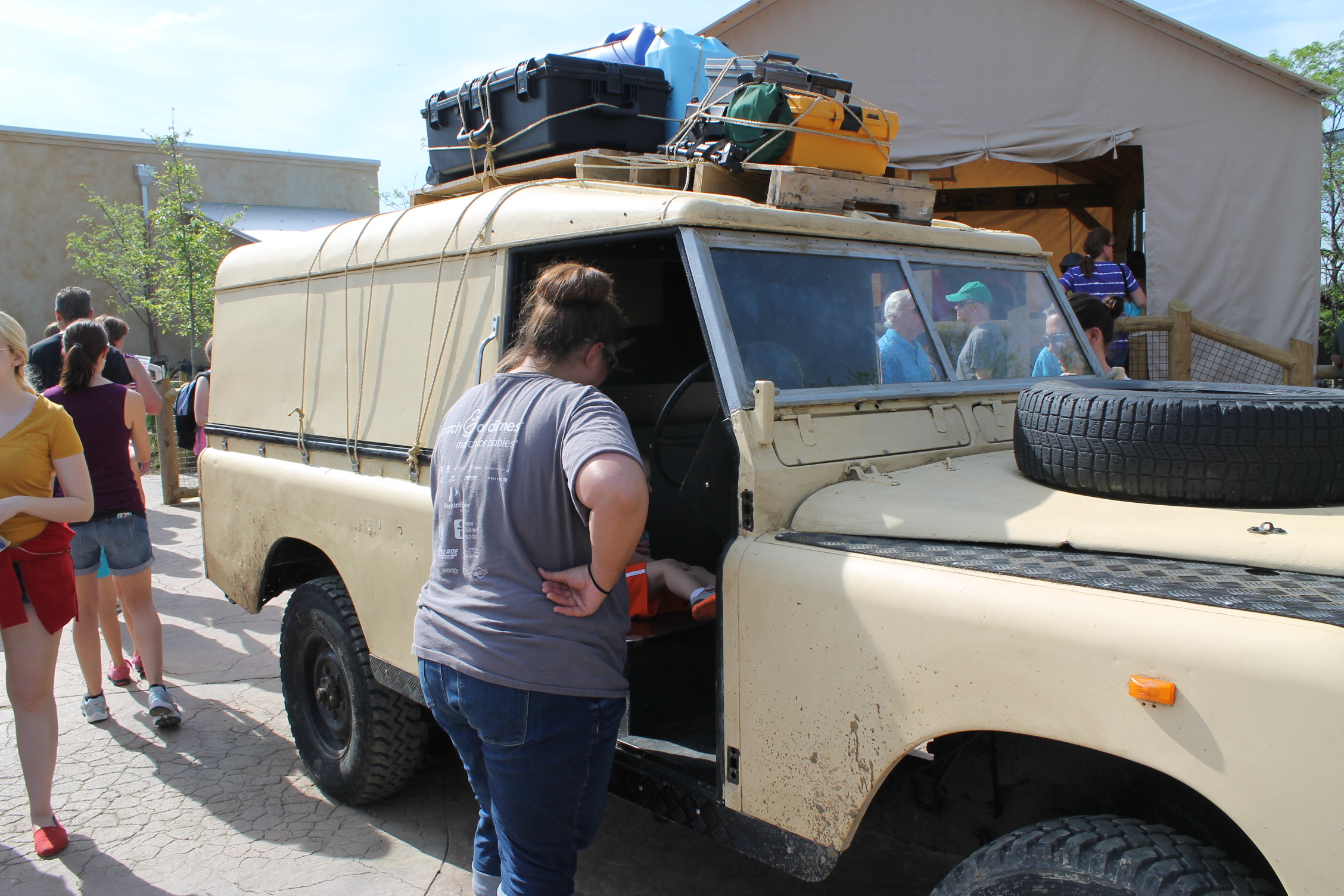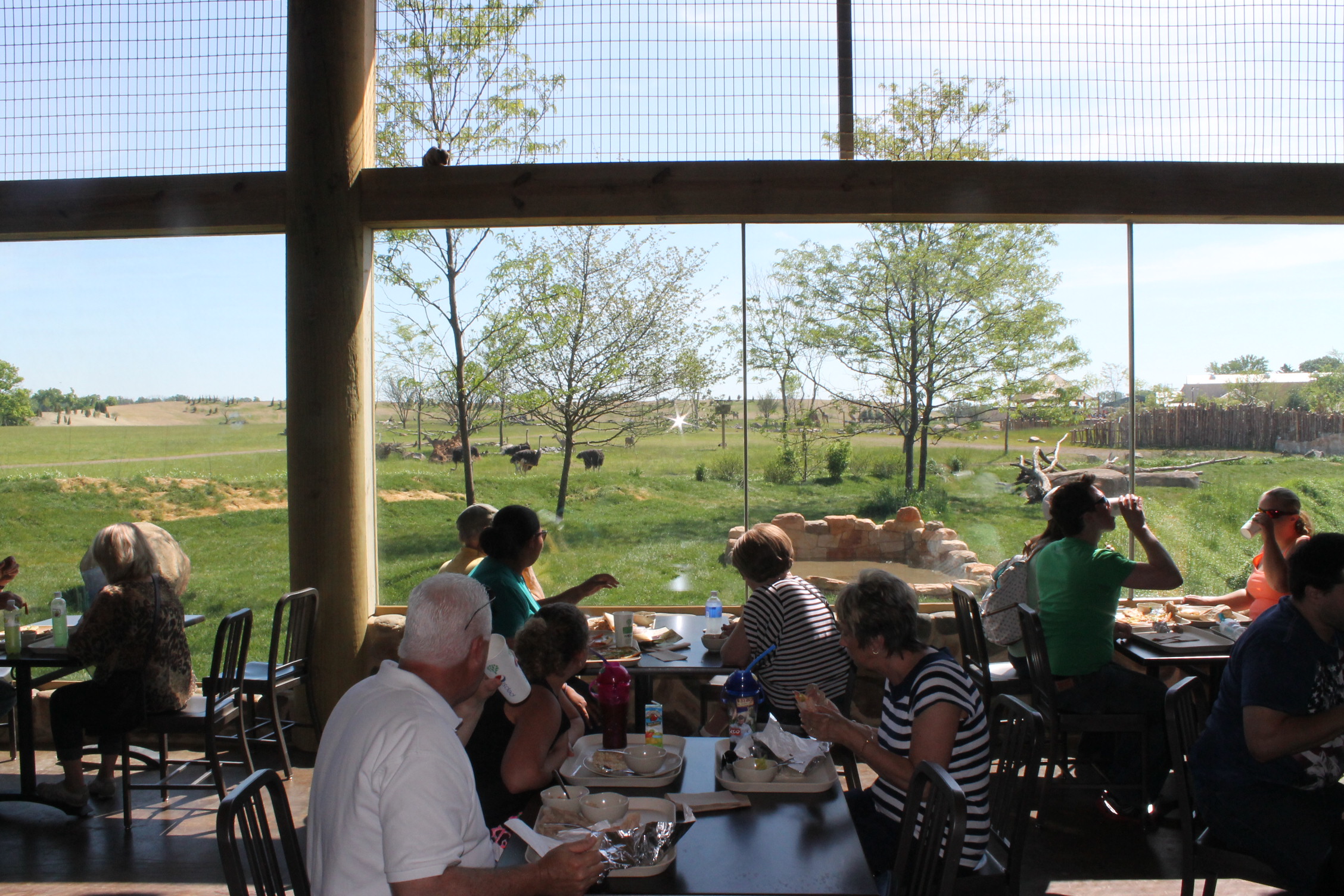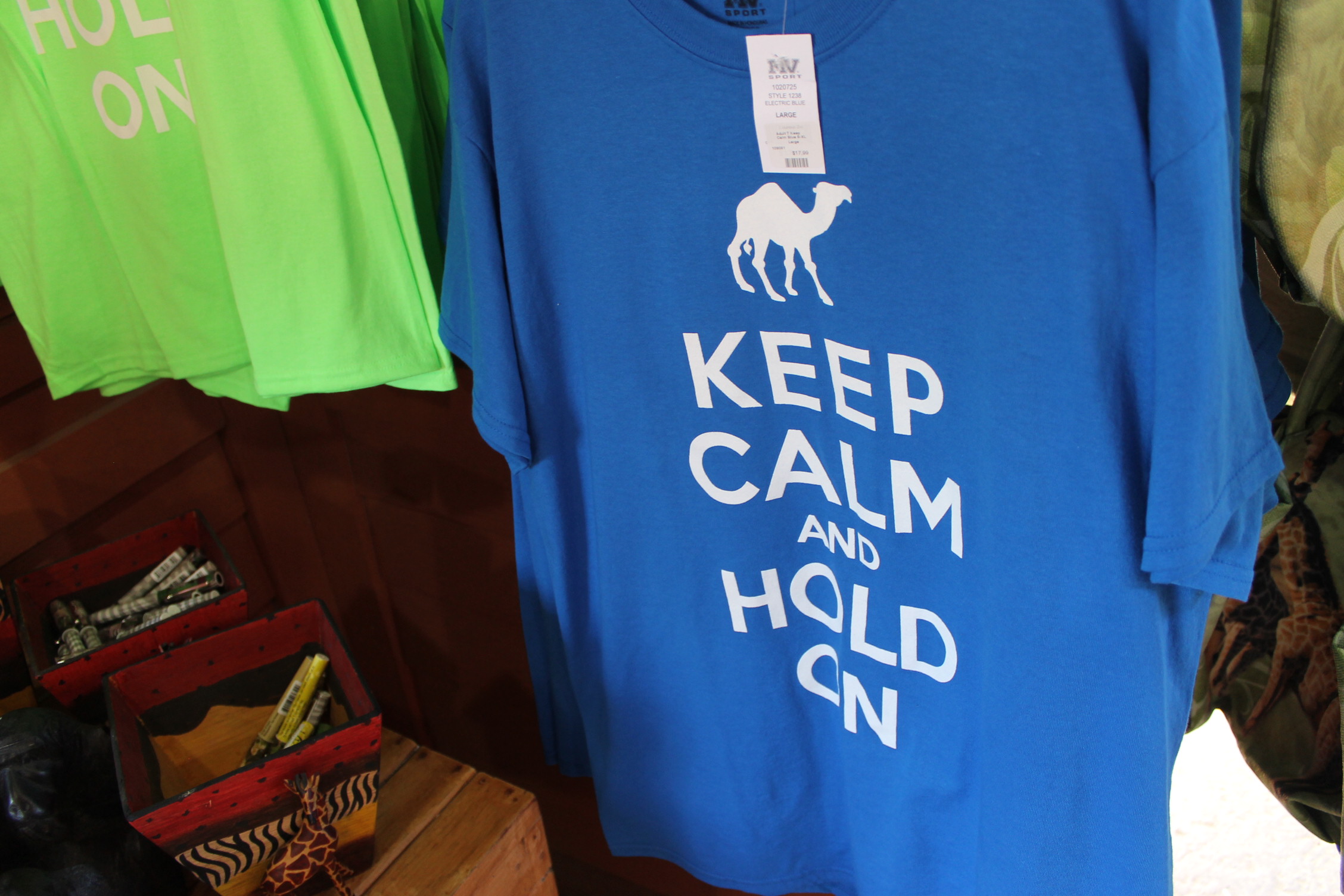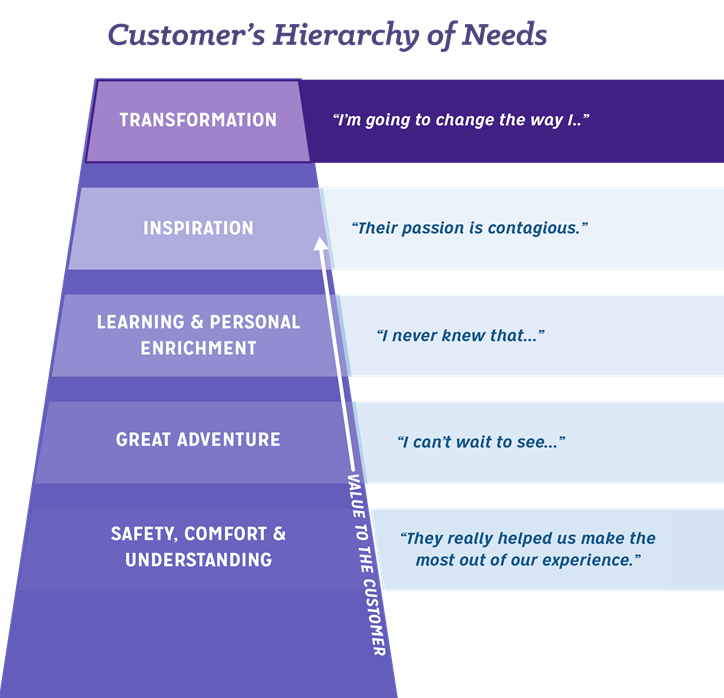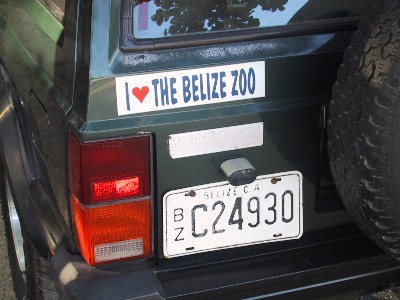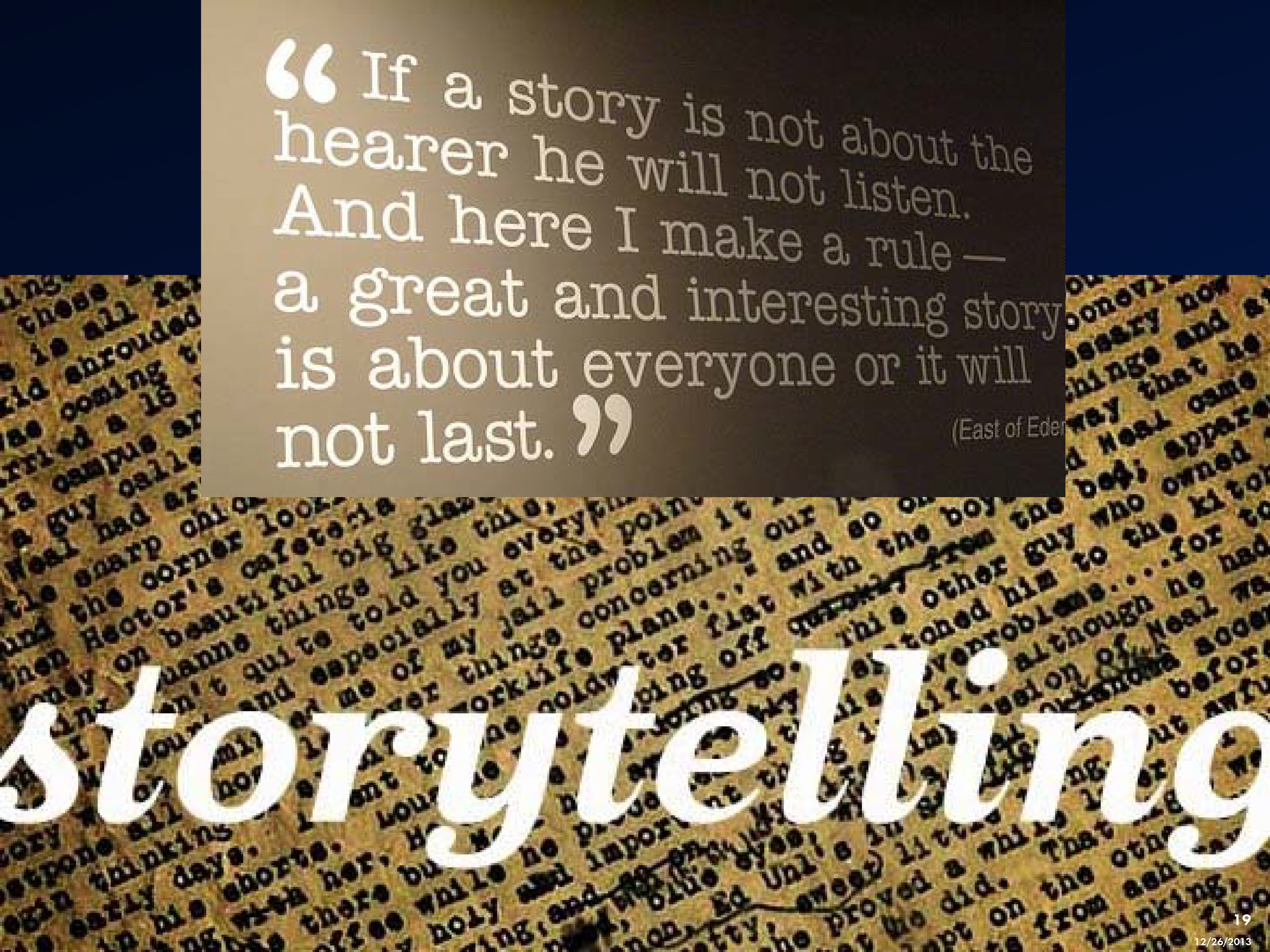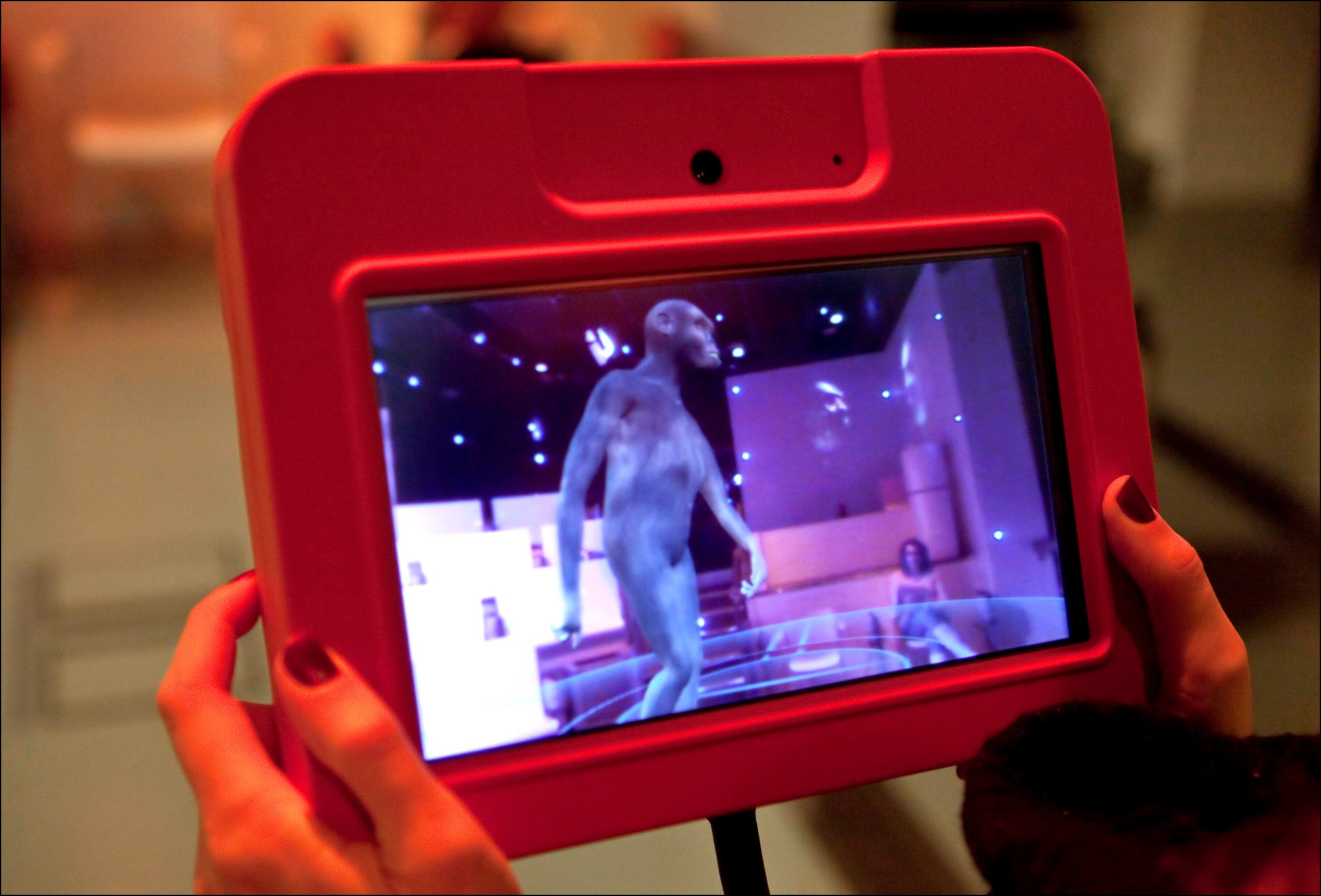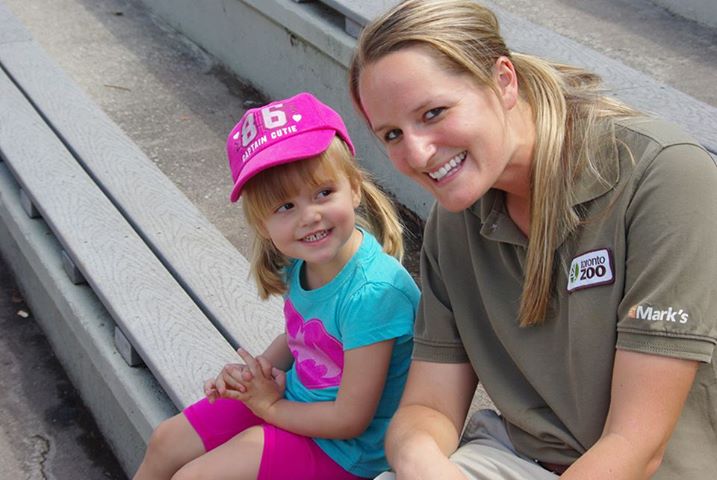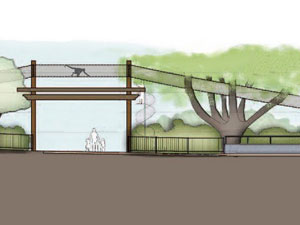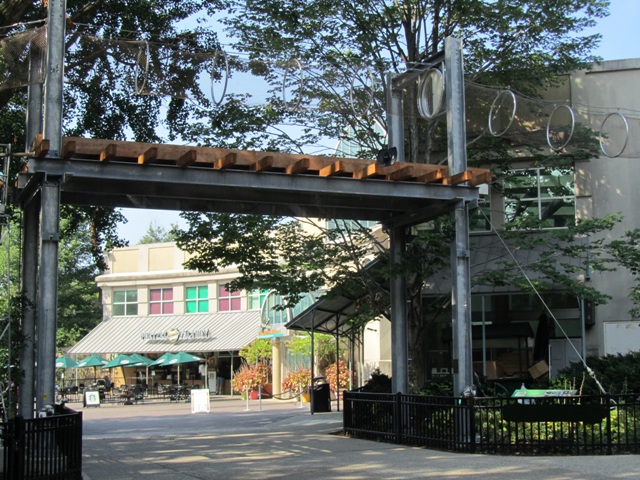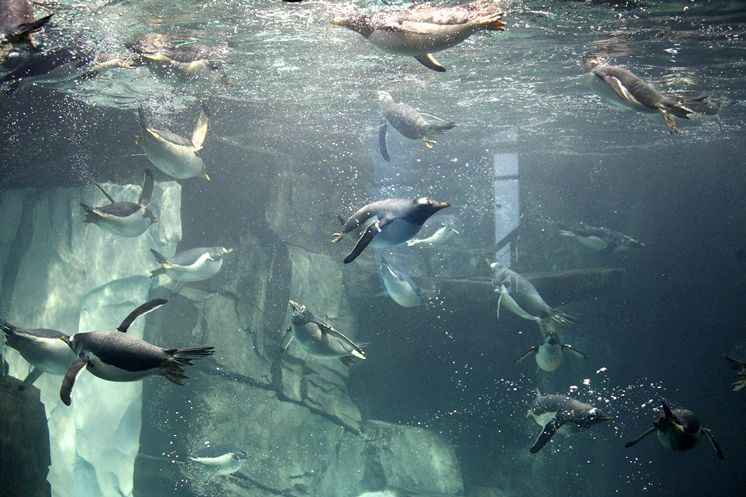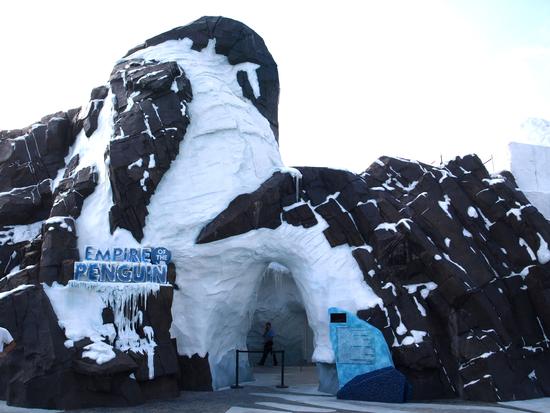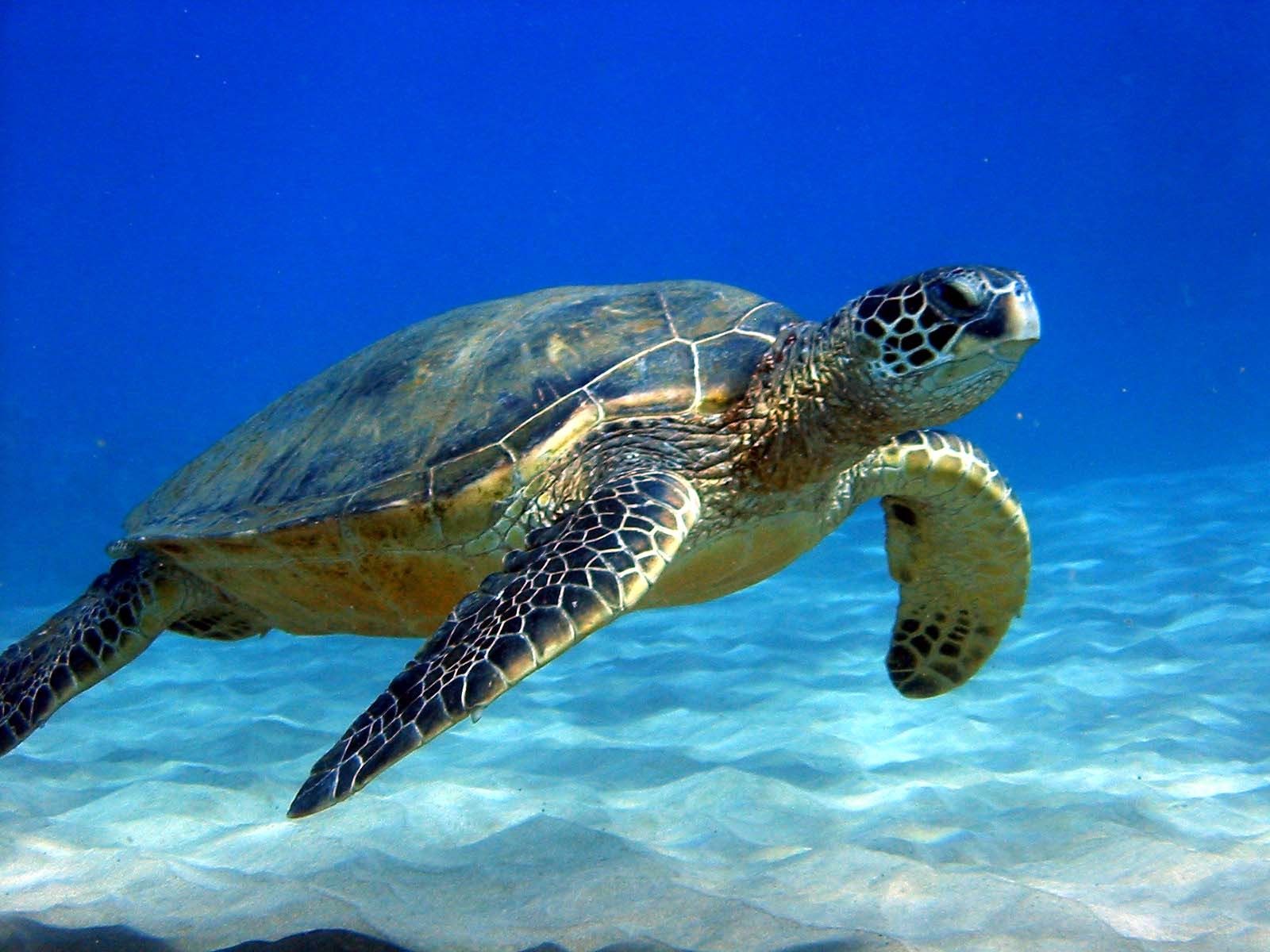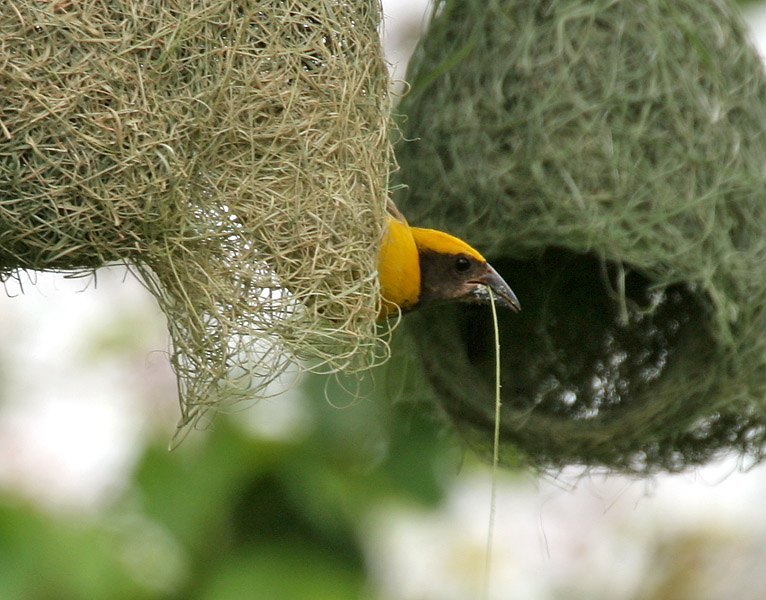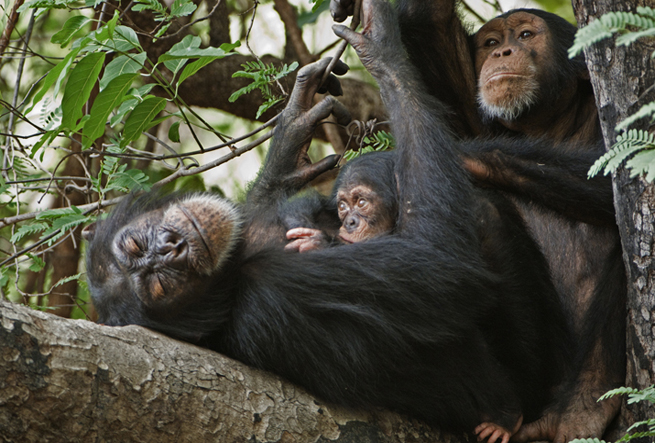Designingzoos.com Celebrates 5 Years of Exploring Zoological Design
Holy cats! I almost dropped my chai tea latte when I realized my very first post was five years ago today! So many things have changed...I've celebrated a full decade with PGAV Destinations, lived at 8 different addresses in 4 different cities, facilitated four successful master plans, participated in the opening of three new exhibit projects with two on their way soon, added a new fur baby and a collection of zoo and aquarium mugs, presented at three conferences, developed a professional development course for PGAV, became a blogger for Blooloop, wrote two novels, learned to play guitar and got a divorce. Phew! That's a lotta livin! And through it all, I managed to find time to dedicate to this little blog.

To celebrate our five years, I thought it might be fun to revisit some of the 165 posts of Designingzoos.com (that's an average of almost 1 per week!)--in case you accidentally missed one or two! And since it's our 5th anniversary, I thought I'd create some TOP 5 lists.
Top 5 Most Viewed Posts of All-Time
5. Multi-Disciplinary Integration...A Mouthful of Fun!
One of my personal favorites, this post explores a potential for the future of zoos--the merging of multiple tourism attractions into essentially a 'one stop shop' for edutainment.
4. New York Aquarium Facelift?
Perhaps because its been a long-time coming, or perhaps because it's about a beloved institution, but this post has been a popular one with those seeking insight into the forever looming redesign. After closing down due to extensive damage from Sandy, it is unclear to what extent the original plans will be instated. However, with the Aquarium now partially reopened, they've promised to move forward with its sharks exhibit.
3. Small and Sad: Dubai Zoo's Relocation on Hold Again
Similar to the NYA post, the constant promise and cancellation of this truly pathetic institution seems to be important to many readers. Rumors are always flowing about this one, and the current rumor is the project is once again a go.
2. The Next Zoo Design Revolution?
A highly controversial post generating wonderful discussion about the future of zoos. I'd argue, five years later, novelty-based design is, in fact, now on the cusp of full implementation (see Glacier Run, conceived to keep animals and people surprised and engaged; and the myriad possibilities for integration of interaction, including but not limited to digital technologies).
1. A Quick Lesson in Zoo Design History
The world must be full of history buffs! This post not only is the most viewed on DZ's site, but it has been viewed almost 3 times as much as the runner-up. Must be the Google search 'Zoos as Jails.'
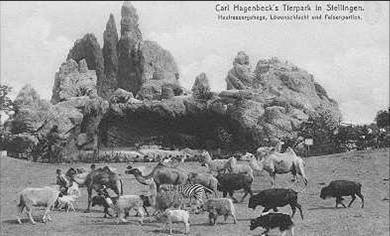
Top 5 Editor's Picks
5. Why Master Plan?
Sometimes you just gotta lay down some knowledge. This post is favorite of mine, because it explains to zoo-goers and professionals alike what that mysterious term 'master plan' means and how a successful one is created. I truly believe institutions must spend time developing a master plan, and this post tells you exactly why.
4. Video Games Get It...Do We?
Wow, this is an oldie--but a goodie! A fun read with some insight into my life outside of zoo design (and perhaps a hint into why my marriage is now defunct). Reveals how designers often look at the world--getting inspired in the most unexpected places. Although none of the design thoughts have been implemented in any way yet, tourism destinations are, in fact, starting to use game design theory to create experiences.
3. Zoo Exhibits in Three Acts
Storytelling is such a buzzword these days, but it truly is crucial to the development of a good exhibit experience. Once again, here I drew from an unexpected inspiration to provide insight into the art of zoo design. Also, I love Black Swan.
2. Elephant Ethics
Not often do I broach a truly controversial subject on DZ, but the unwarranted uproar of animal activists got me all in a tizzy and I had to address it. This post is a not-so-strongly worded look at why zoo design can be a true moral and / or ethical challenge.
1. Inspiring Kids to Become Activists (AZA 2012, Day 3)
This is by far my favorite post. Not because it's ground-breaking or because it's so well written, but because the subject was so inspiring to me. I've always struggled with whether or not zoo experiences are truly making an impact on conservation, and through the development of this piece, I subsequently discovered an actual, plausible methodology to do so. Now, I just need a client willing to explore it with me...

Top 5 Site Visit Posts
5. DZ's First Zoo Review: The Mote Aquarium
My first and last zoo review. A failed experiment in site visits, this post is constructively critical with interesting tips and design insights, but perhaps a little too harsh. I do enjoy revisiting the post, though, as it reminds me how far we've come. And, I might add, how Mote has improved as well.
4. DZ Visits the Lemur Conservation Reserve
Visiting with lemurs in Florida had to make the list! What a special place helping to ensure the survival of some of my favorite species. The post includes some specific information regarding sizing for holding buildings that may come in handy.
3. Lincoln Park Zoo: Defining an Urban Zoo
One of my favorite posts as I had an epiphany about exactly how to review zoos. Subsequent to this visit, I also realized zoos come in one of four varieties: Urban Zoo, Suburban Formal, Suburban Park-like, or Natural Park-like. I like to categorize things, so this was a nice moment for me.
2. Minnesota Zoo: Be True to Yourself
Another great zoo review based more on 'the moral of the story is' rather than a critique. I also just really loved the Minnesota Zoo and have a real soft spot for zoos trying to succeed in a cold climate. Can't we get visitors to come in winter?? I think MZ's approach is just brilliant.
1. Underdogs: The Appeal of the Small Zoo
This might be a cheat since it covers multiple zoos and is one of my most recent posts, but I really do love small zoos. I love their design challenges--small site, small budget--and their big hearts. Not all small zoos are good zoos, but those doing it right, should really be congratulated.

I sure do hope you enjoyed this walk down memory lane. Cheers to everyone who's ever read the blog, especially those loyalists, to everyone who's ever helped me out with a contributing post or information, and here's to 5 more years!
If you would like to be a contributing blogger to DesigningZoos.com, please contact me using the form below. I'd like to keep a once weekly schedule, but often don't have the time, so if you have something you'd like to share regarding zoo and aquarium design, I'd love to hear from you!
[contact-form][contact-field label='Name' type='name' required='1'/][contact-field label='Email' type='email' required='1'/][contact-field label='Website' type='url'/][contact-field label='Comment' type='textarea' required='1'/][/contact-form]


















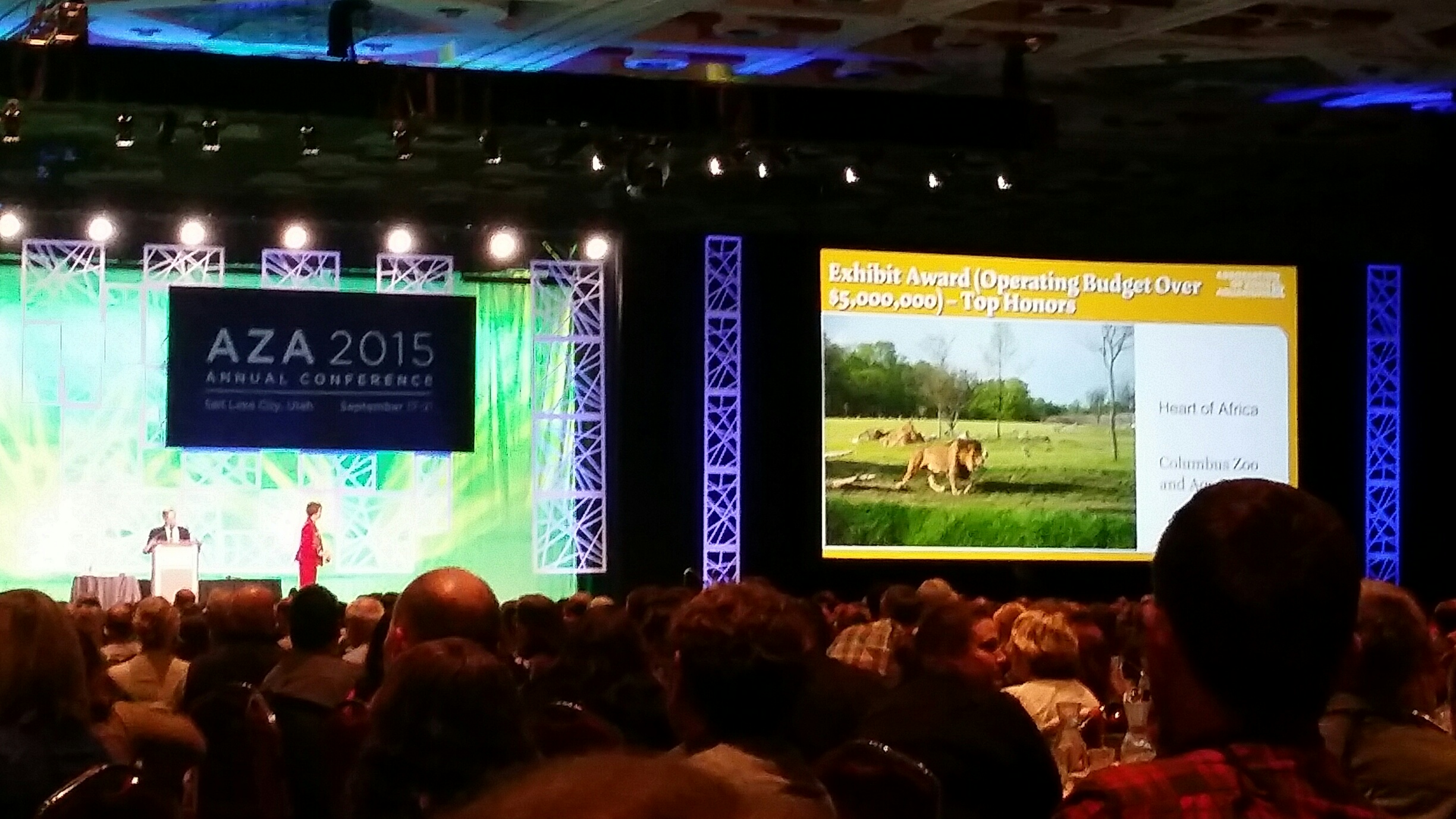

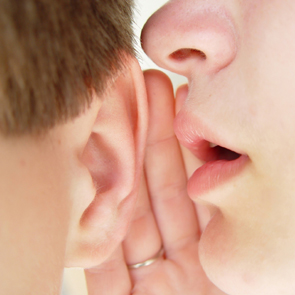 Even with a high industry success rate, like what PGAV has, many projects disintegrate and disappear entirely.
Even with a high industry success rate, like what PGAV has, many projects disintegrate and disappear entirely.

